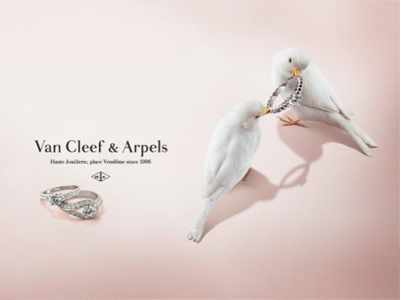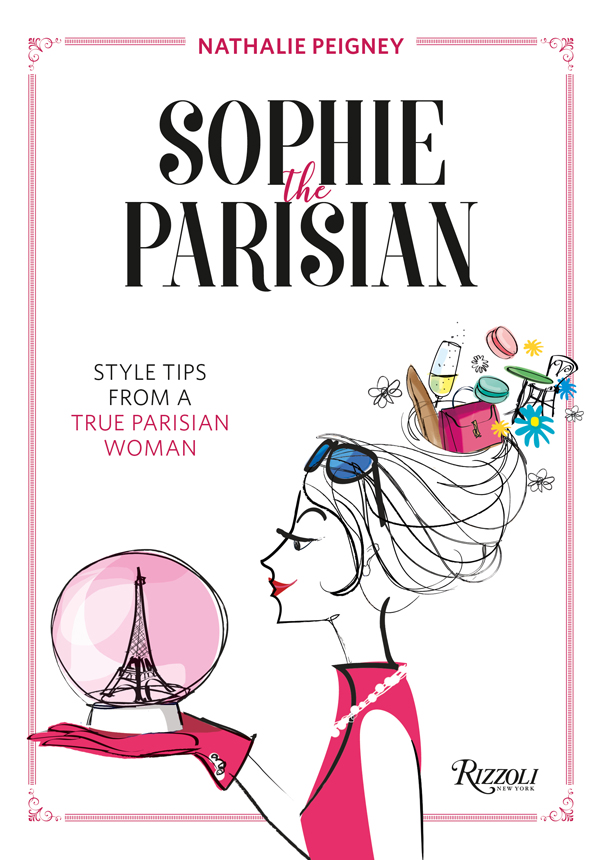For over 80 years, the Harcourt Paris signature has been synonymous with an exclusive, timeless experience. It is inspired by its glamorous roots in black and white cinema... Studio Harcourt is a photography studio that has been offering the world a unique experience beyond portraits since 1934. To be photographed at Harcourt costs around €2,000.
Since 1934, Studio Harcourt has been immortalizing celebrities and the anonymous with its film projectors. While the Studio favors people looking to enhance their image in a photograph, it also opens its doors to the simply curious and to enthusiasts from all walks of life.
The legend of Studio Harcourt began in 1934
thanks to one woman: Cosette Harcourt. She was born Germaine Hirschefeld in Paris in 1900 to Percy Hirschefeld and Sophie Liebman, German-Jewish shopkeepers who had settled in France. The family seems to have emigrated to England during the First World War. Cosette Harcourt was traced to Paris in 1930, where she studied photography at Studio G. L. Manuel frères. She met Jacques Lacroix in 1933, who owned newspapers with his brother Jean Lacroix. In 1927, they set up a successful magazine publishing house, and in 1928, their magazine Guérir enjoyed great success with the general public. Together with Robert Ricci, Nina Ricci's son, they founded an advertising agency, Pro-Publicité, in 1933. He creates Studio Harcourt with his brother and Robert Ricci after meeting Cosette, as well as another photography studio called Pro-Photo as a partner of Pro-Publicité.
Cosette is responsible for the organization of Studio Harcourt. The Studio's reputation was quickly established, and success followed. The whole of Paris came to glorify and immortalize their portraits. In 1938, the two Lacroix brothers' studios were brought together in a private mansion at 49 avenue d'Iéna in Paris. Jacques Lacroix married Cosette in August 1940 to protect her when the Second World War broke out. They divorced in 1946, but remained together for the rest of their lives. Cosette was obliged to leave Paris, staying in the South of France and then England. The studio remained open in 1942, and Cosette resumed her role at the Liberation.
The golden age of Studio Harcourt begins
The Studio is everywhere: in the Lacroix brothers' titles, at Agence France-Presse, in numerous cinemas and theaters where portraits of actors and actresses are exhibited. Le Studio was one of the first companies to approach private clients by telephone, and the follow-up to each photo shoot is perfectly orchestrated.
The Studio attracted many famous names
At this time, 24 people work for the Studio. The number of clients rises from 8,000 in 1940 to 9,000 between 1951 and 1958. There are more than a thousand clients a month, equivalent to about 40 a day.
Temporary decline
However, the arrival of the first SLR cameras and the French New Wave had an impact on Studio Harcourt's success. The Lacroix brothers split up in 1969, with only Jacques remaining. The Studio moved to Boulevard Haussmann in 1975. Cosette Harcourt died in 1976 and Jacques Lacroix sold the Studio in 1980. That same year, the Hariri brothers revived the Studio at 9 rue de la Paix.
New life for the legendary Studio Harcourt
In 2007, Studio Harcourt was bought by Francis Dagnan under the direction of Catherine Renard. Tradition was restored: there were no star photographers, and all employees worked for Studio Harcourt. This brought the necessary stability and perpetuated the legendary Studio Harcourt, where tradition and excellence are the guarantee of timeless modernity.
The Harcourt Studio style
The Harcourt style[ was inspired by the work of French director of photography Henri Alekan. At the time of the Second World War, Cosette Harcourt and her husband created a magazine, Stars, which served as a medium for studio photography. During the Nazi occupation of France, German officers and many members of the Vichy regime visited the studios, as did the Americans after the Liberation. After the war, Harcourt regained its momentum with the photography of movie stars, continuing the tradition that had made it such a success in the first place.
Studio Harcourt photo archives
In 2000, the Harcourt collections from 1934 to 1991 (around 5 million negatives of 550,000 people and 1,500 celebrities) were purchased by the French State and stored at the Médiathèque de l'Architecture et du Patrimoine at the Fort de Saint-Cyr on the initiative of Jack Lang, then Minister of Culture.
You can visit the Harcourt Studio in Paris
Housed in a 19th-century mansion, the Studio shares the secrets of its expertise and invites you to discover its extensive photographic heritage. Like a portrait session, the visit begins in the make-up room, dedicated to enhancing the model's image, a veritable boudoir of old-fashioned charm. The tour continues on to the photo set, with a real demonstration of lighting in the company of a Studio Harcourt photographer. The visit concludes with a tour of the prestigious Studio's exhibition space and the archive treasures of the Curiothèque. Documentaries, reportage photos, authentic material and little-known gems are revealed through fun, interactive displays.
The studio is currently located at 6, rue de Lota in the 16th arrondissement of Paris.
Photo © Studio Harcourt








